
Rosmarinus officinalis 'Prostratus'
Prostrate Rosemary (Rosmarinus officinalis prostratus) is a great variety that can be grown as a small spreading shrub in zones 7-10 or as an annual in the lower hardiness zones.The low spreading habit makes it equally great for draping over a stone wall or as a "spiller" in a mixed container planting.
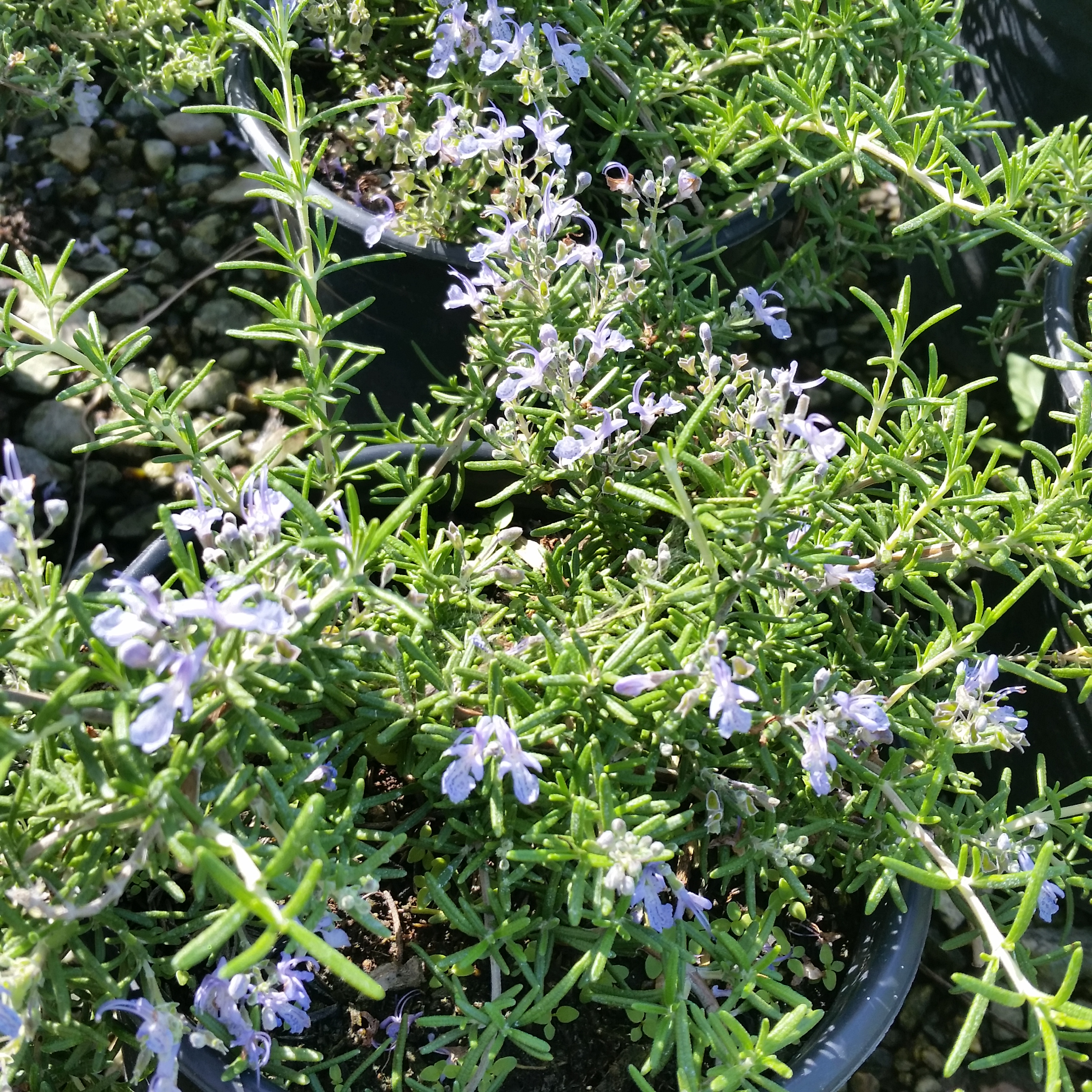
Rosmarinus officinalis 'Prostratus' Creeping Rosemary Mid Valley Trees
Trailing rosemary is an edible fragrant herb that you can use as a ground cover in your garden. You can also control its bushy appearance by planting it in a pot. It is a perfect addition to many dishes, repels pests, and attracts pollinators and natural predators to keep infestations at bay.
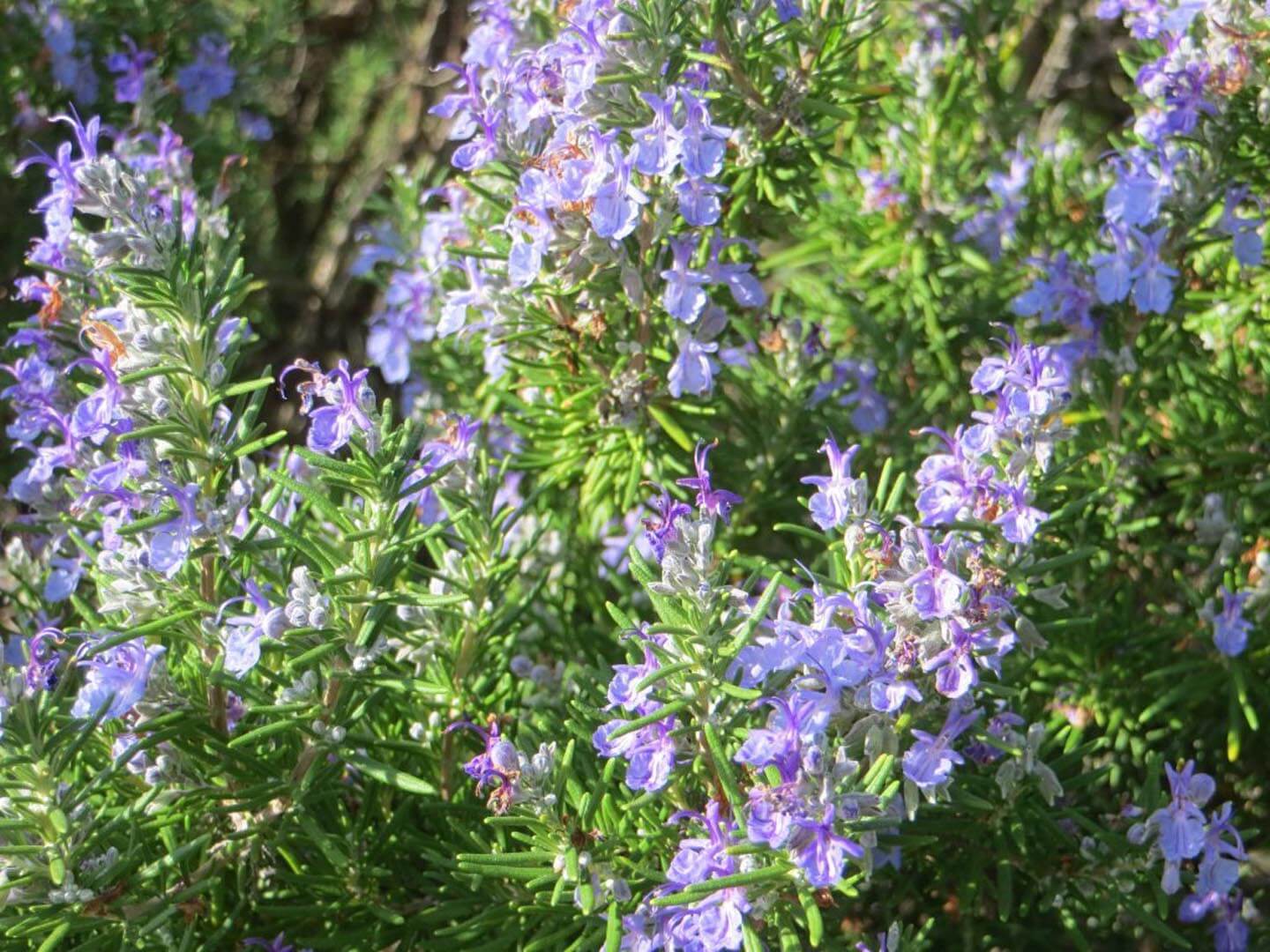
Rosmarinus officinalis 'Prostratus' Boething Treeland Farms
Common Name: creeping rosemary Type: Broadleaf evergreen Family: Lamiaceae Zone: 8 to 10 Height: 0.50 to 1.00 feet Spread: 2.00 to 3.00 feet Bloom Time: Seasonal bloomer Bloom Description: Lavender-blue Sun: Full sun Water: Dry to medium Maintenance: Medium Suggested Use: Ground Cover, Herb Flower: Showy Leaf: Fragrant Attracts: Butterflies
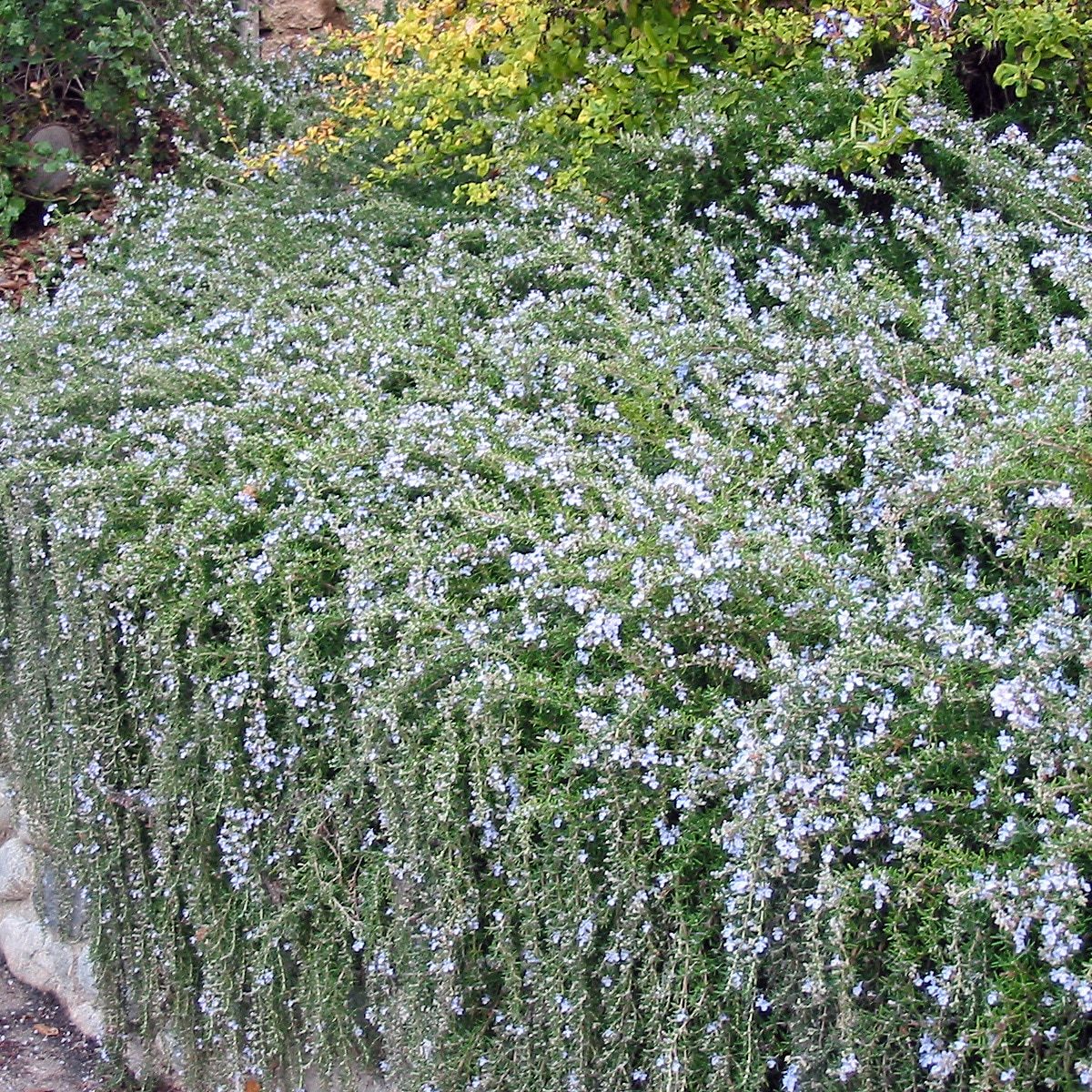
Rosmarinus officinalis “Prostratus” Vivero Pullally
Buy this plant Plant nurseries 42 suppliers Size Ultimate height 0.1-0.5 metres Time to ultimate height 5-10 years Ultimate spread 1-1.5 metres Growing conditions Loam Sand Clay Moisture Moist but well-drained, Well-drained pH Acid, Alkaline, Neutral Colour & scent Fragrance: Foliage Position Full sun
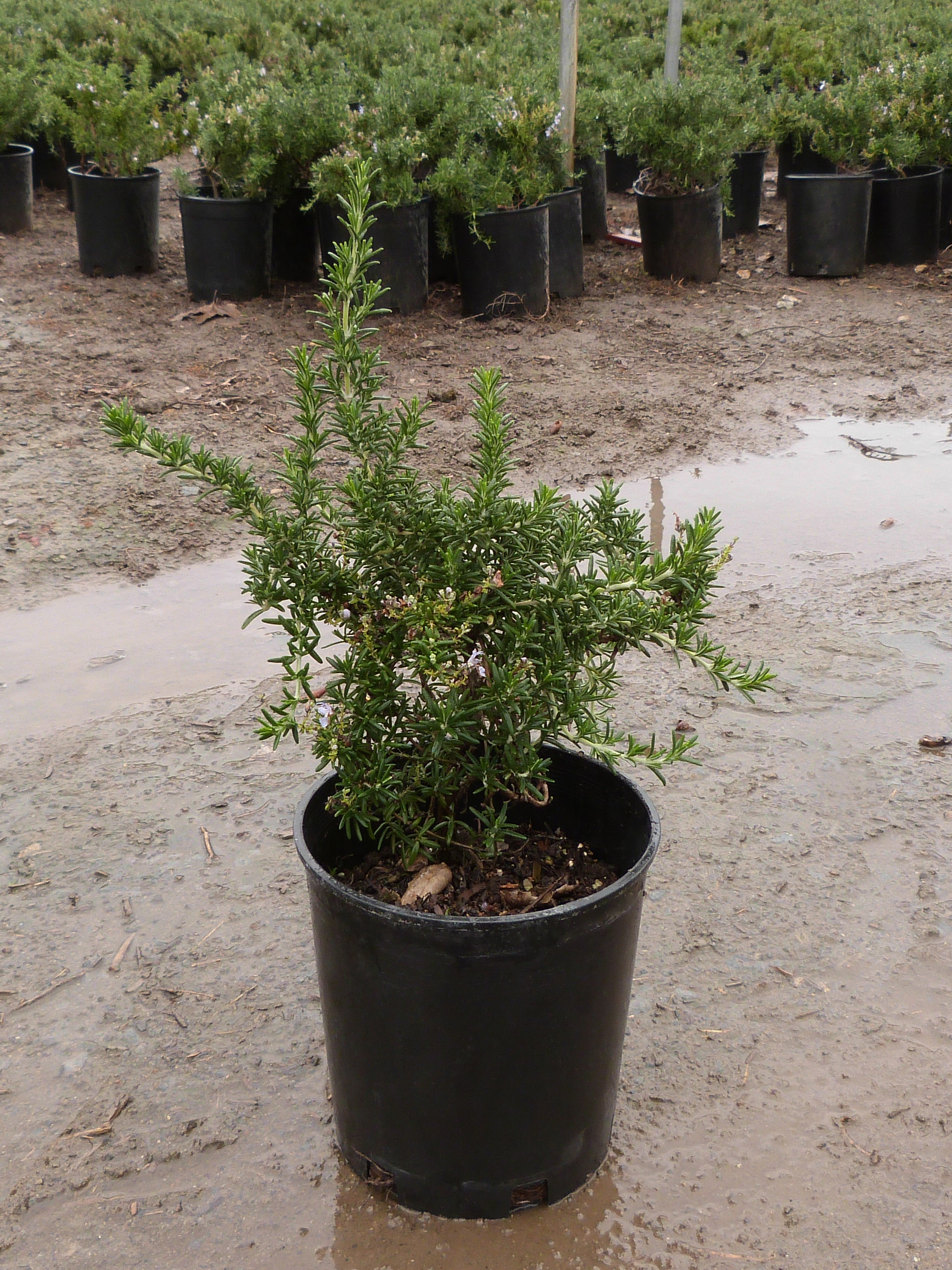
1g Rosmarinus officinalis 'Prostratus' TY Nursery
A key ingredient of a Mediterranean-style garden, Rosmarinus officinalis Prostratus (Creeping Rosemary) is a low-growing and spreading evergreen shrub with strongly aromatic, needle-like leaves, about 2 in (5 cm) long. Clusters of pale blue flowers appear in spring and summer, occasionally in fall.

Rosmarinus Officinalis 'Prostratus' Kruipende rozemarijn 2030 cm pot
Mature Height & Spread: 2' x 4-8' Natural Growth Habit: Spreading Native To: Europe Exposure: Full Sun Water: Medium Water, Low Water Flower Color: Blue Bloom Time: Spring, Winter Special Features: Attracts Birds/Butterflies / Deer Resistant / Desert Conditions / Drought Resistant / Edible / Fragrant / Seacoast Conditions Container Sizes: #1, #5

Image of 'rosmarinus officinalis var prostratus' Backyard garden design, Backyard landscaping
Rosmarinus officinalis 'Prostratus' Description Download Share There are now many exciting cultivars of the Mediterranean rosemary to be found in nurseries and garden centers. R. o. 'Prostratus' has been in the trade for many decades and has proven to be tough and reliable under many landscape conditions.
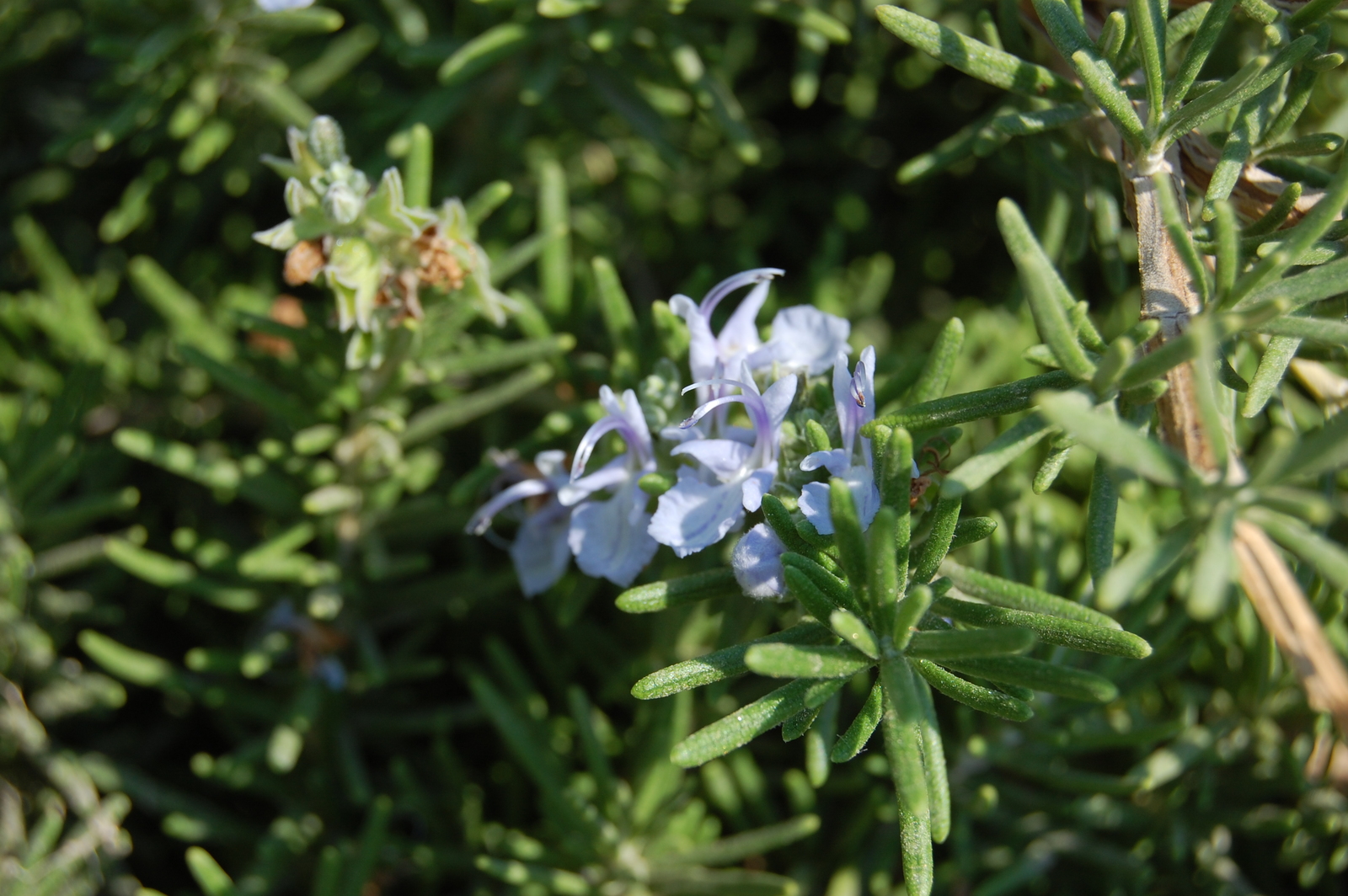
Live Prostrate Rosemary aka Rosmarinus 'Prostratus' Plant Fit 1 Gallon Pot Plants & Seedlings
About Rosmarinus officinalis Prostrata (Creeping Rosemary) This European native is called Rosmarinus officinalis Prostrata. A low-growing bush or groundcover with trailing branches that reach an average landscape size of 2′ x 4-6′. Its creeping needle-like leaves are accompanied by tiny purple flowers during its blooming season which lasts.
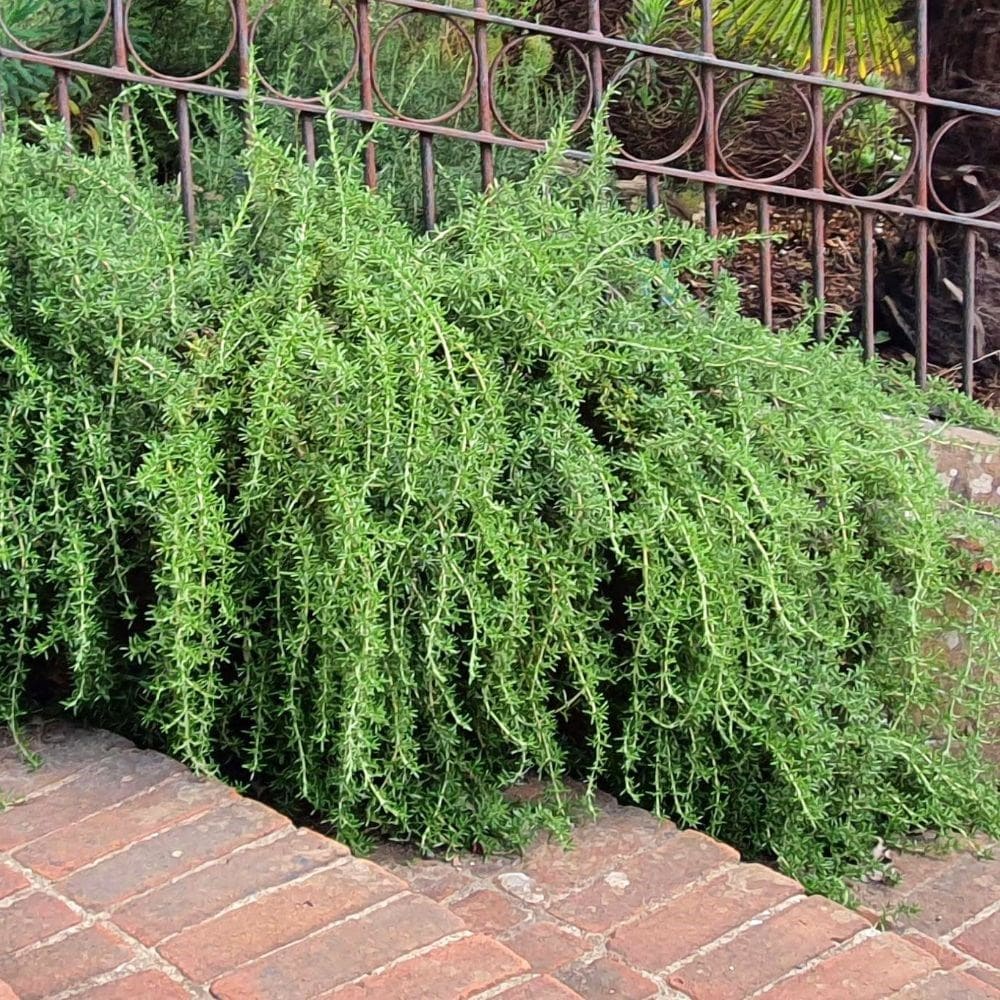
Buy rosemary ( syn. Salvia rosmarinus Prostratus Group ) Rosmarinus officinalis Prostratus Group
Native to the dry, rocky areas of the Mediterranean region, Rosemary (Rosmarinus officinalis or Salvia rosmarinus) is a popular aromatic herb commonly grown for its decorative, medicinal, culinary uses, and ornamental garden appeal. Easy to grow and drought-tolerant, Rosemary is a rewarding plant to grow outdoors in the garden or indoors in pots.

Rosmarinus officinalis Prostratus Group Ballyrobert Gardens
Description rosemary leaves S. rosmarinus 'Prostratus' Rosemary is an aromatic evergreen shrub with leaves similar to hemlock needles. It is native to the Mediterranean region, [8] but is reasonably hardy in cool climates. Special cultivars like 'Arp' can withstand winter temperatures down to about −20 °C (−4 °F). [9]

Rosmarinus officinalis 'Prostratus Group' Rosemary Prostrate Buy Herb Plants
Grasping the plant at the top of the root ball, use your finger to lightly rake apart the lower roots apart. This is especially important if the roots are dense and have filled up the container. Set the plant in the hole. Push the soil gently around the roots filling in empty space around the root ball.
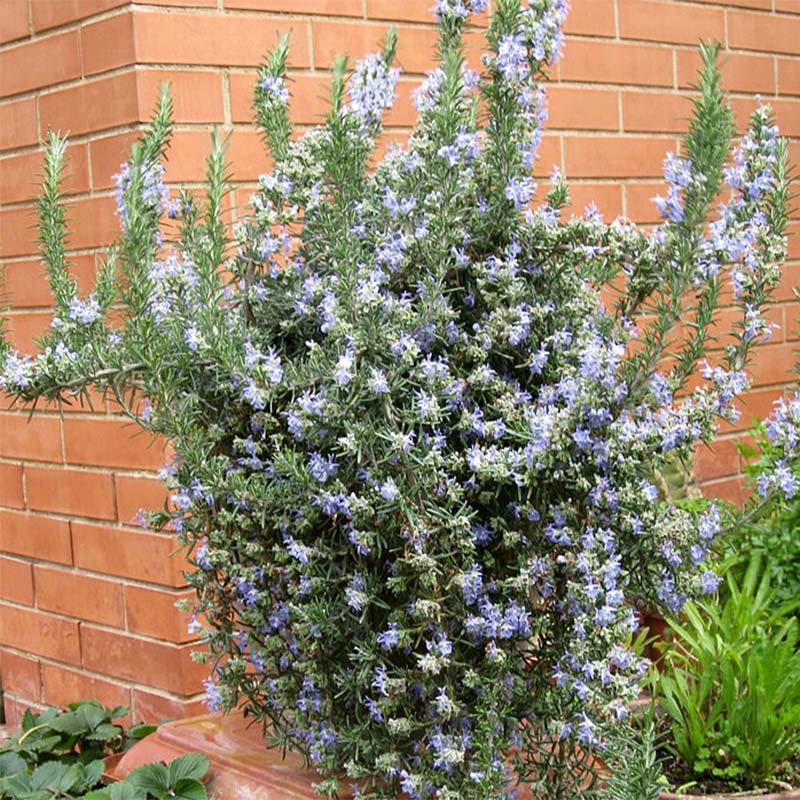
Romarin rampant Rosmarinus officinalis Prostratus, bon couvresol
Rosmarinus officinalis 'Prostratus' ross-mah-RYE-nus oh-fi-shi-NAH-lis Audio A hardy, fast-growing evergreen shrub, creeping rosemary has a prostrate habit and attractive flowers and fragrance. Dark green leaves, to 2 inches long, are rich in aromatic oils and are commonly used as a culinary herb.
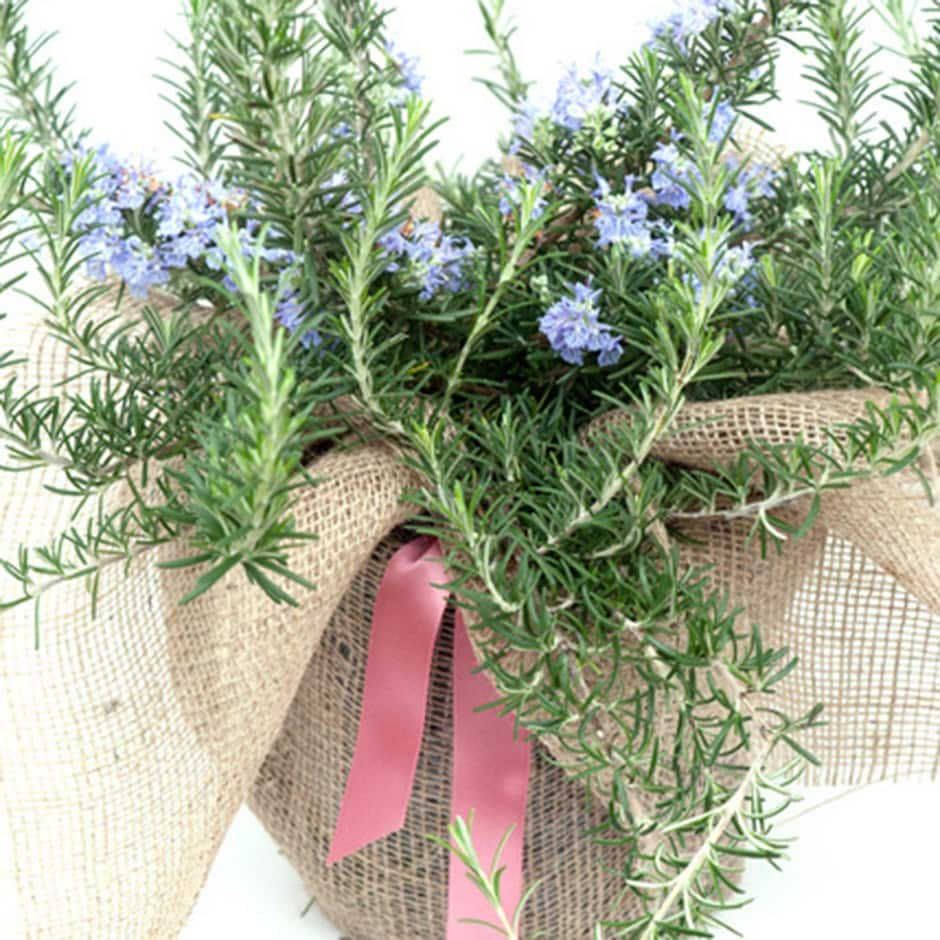
Buy rosemary / Rosmarinus officinalis Prostratus Group Rosmarinus officinalis Prostratus Group
Plant your creeping rosemary ( Rosmarinus officinalis 'Prostratus') in full sun to part shade in well draining soil, although it will do well in almost any type of soil so long as it is not allowed to become sodden.
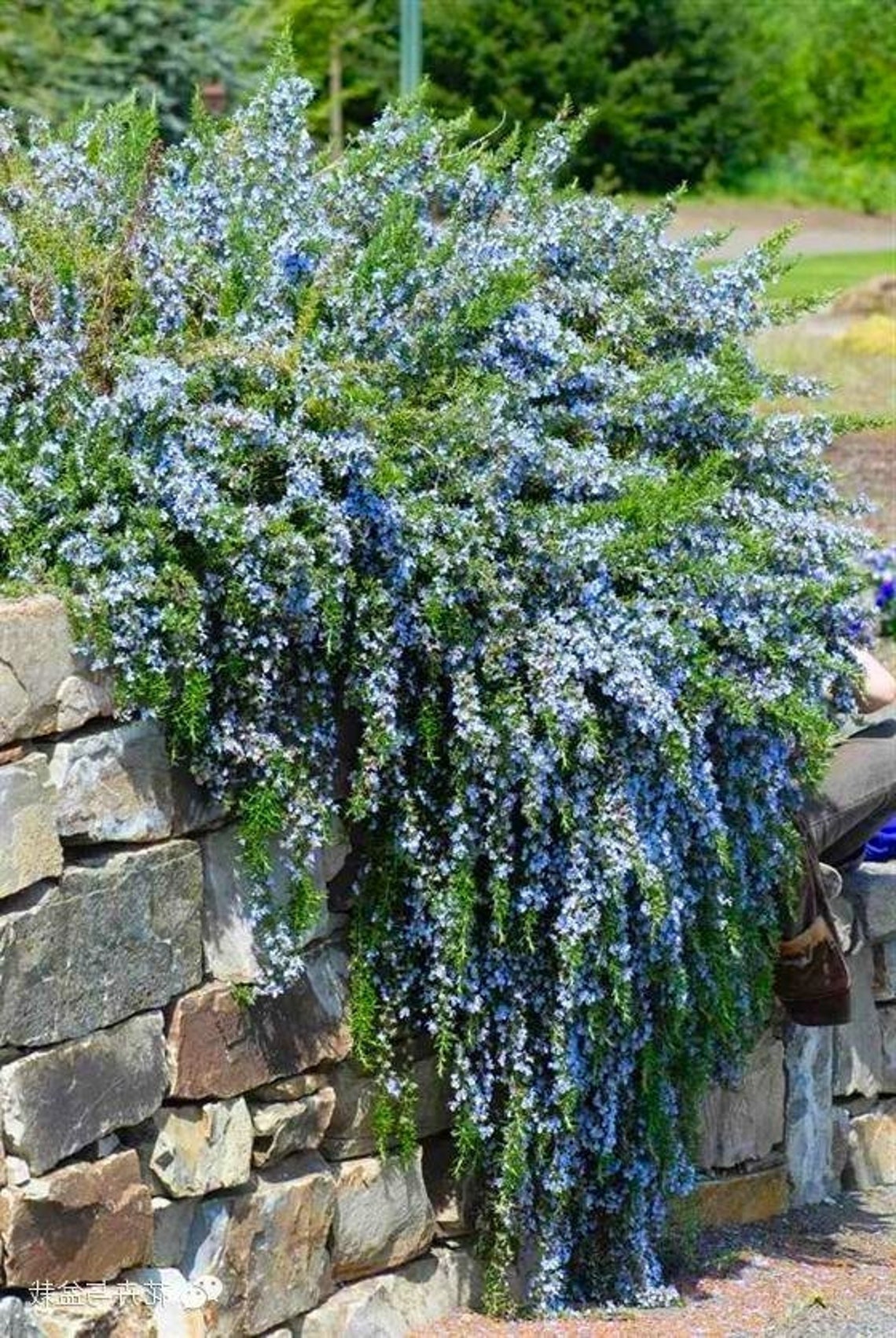
Rosmarinus officinalis prostratus trailing Rosemary Approx Etsy
Rosmarinus officinalis 'Prostratus' Rosemary 'Prostratus' is a prostrate or creeping form that creates a woody groundcover or a waterfall effect over an embankment. It is cold hardy and evergreen in the South and can be grown in the garden or in containers. Great for culinary purposes. Drought and heat tolerant once established.

Rosmarinus Prostratus. Shrubs for Sale UK . Letsgoplanting.co.uk
Rosmarinus officinalis 'prostratus' grows to only about 1 foot high and spreads to 5 feet or wider. In addition to making an excellent ground cover, Trailing Rosemary may be planted in rock gardens, retaining walls or containers. Maintenance Plant Trailing Rosemary in the fall in low-desert regions.
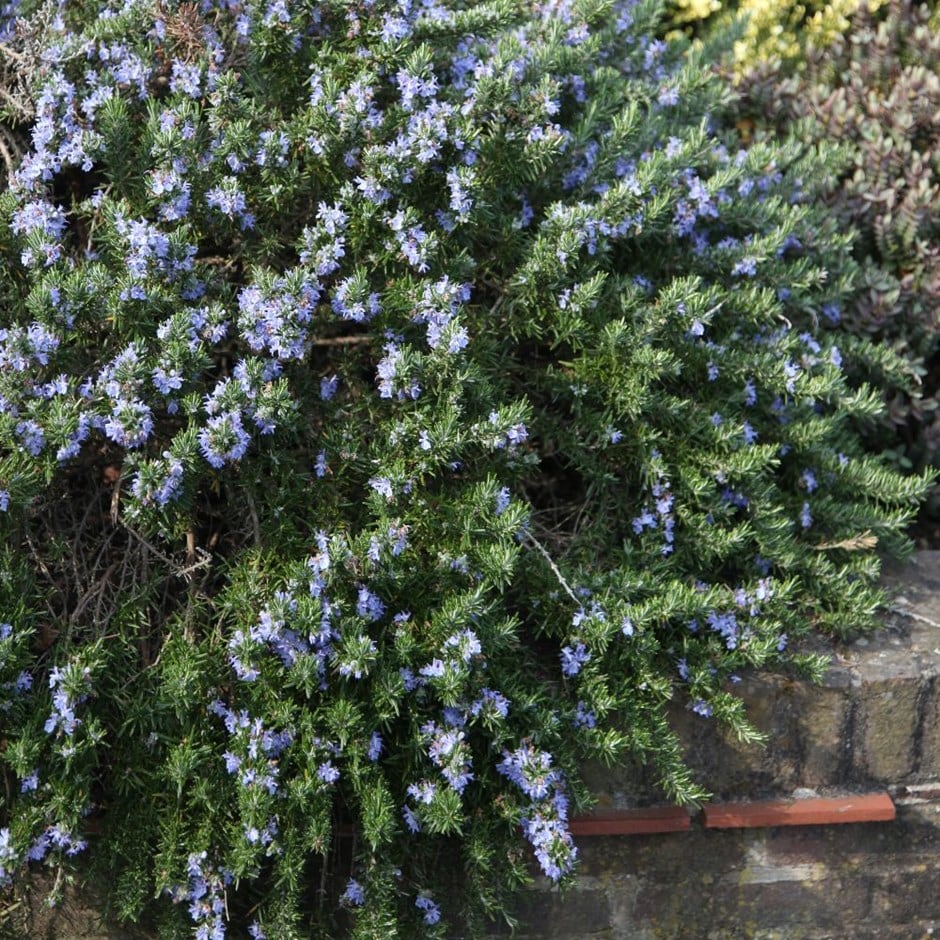
Buy rosemary ( syn. Salvia rosmarinus Prostratus Group ) Rosmarinus officinalis Prostratus Group
Rosmarinus officinalis Prostrata is a low growing, hardy, woody stemmed, evergreen, shrub with olive green, needle-like foliage that releases fragrant oils when crushed. These oils are used for perfumes, herbal remedies and aromatherapy, as well as uncrushed leaves in cooking (great sprinkled on a lamb roast ).